The plastics greenwash
- Plastic in the built environment
- The myth of plastic recycling
- Alternatives to plastic
- Frequently asked questions
To protect our planet without hindering technological advancement or compromising the lives of future generations, it’s critical we use materials that can meet our needs without depleting our natural resources or causing damage to our environment.
Since its invention six decades ago, plastic use has grown exponentially and resulted in more than 8.3 billion metric tonnes of various plastics.
According to National Geographic, 91% of all plastics produced in the world have not been recycled. The Resource Efficiency Collective states less than 3% of plastics consumed in the UK are made of local recycled plastics and most of the waste ends up being incinerated, landfilled or exported.
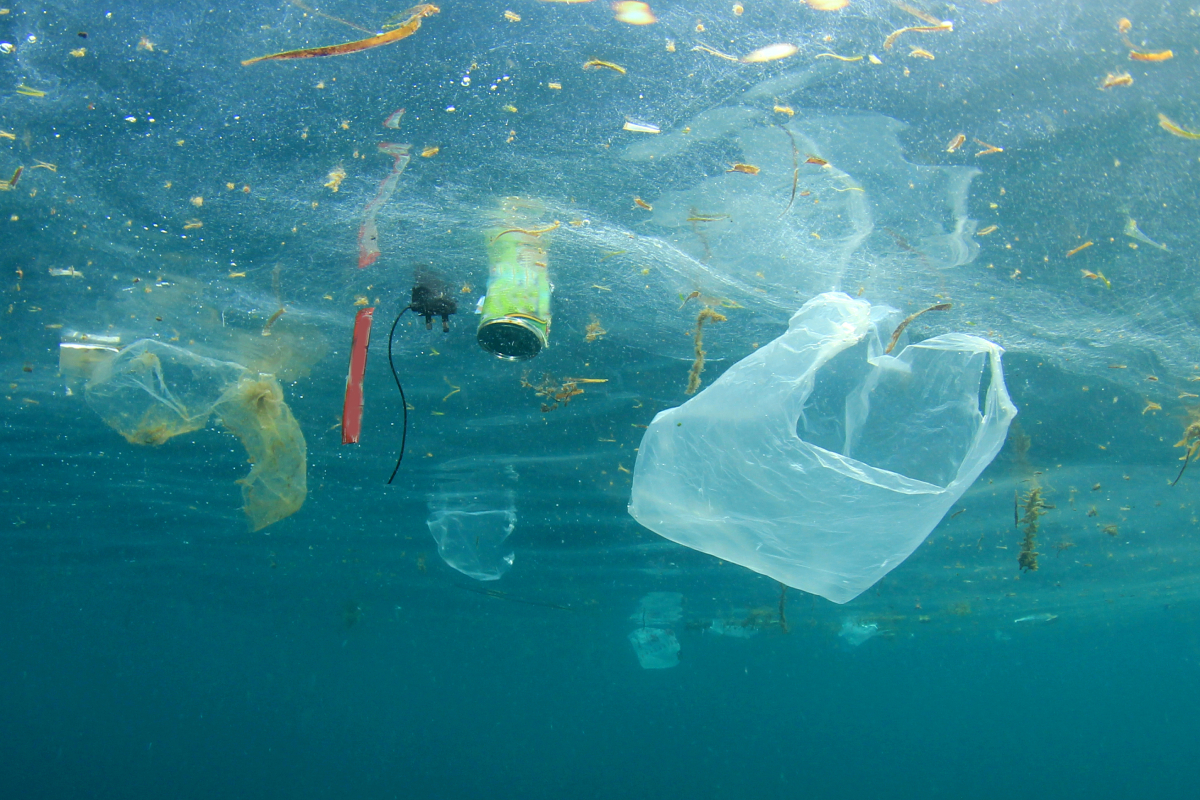
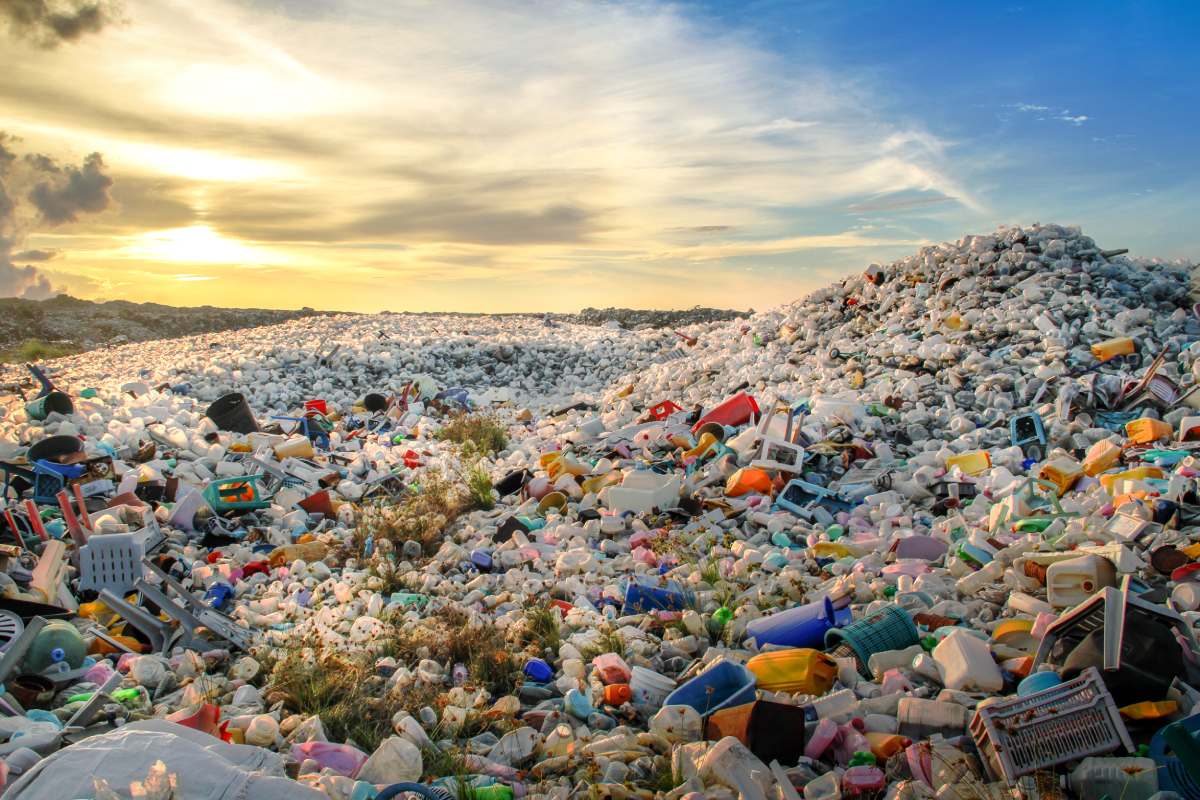
As reported by the Resource Efficiency Collective, nearly 13 million tonnes of plastic waste enters the ocean every year – more than twice the annual consumption of plastics in the UK.
Despite this, plastics can be found in every corner of modern-day life, in our homes, clothes, transportation and packaging. The material has long been hailed for its longevity, but, in reality, it’s damaging ecosystems and wildlife, spreading toxins that even enter the food chain.
Plastic in the built environment
During the last 25 years, plastic has become increasingly prevalent in the built environment, largely due to the material’s cost-effectiveness and relative ease of installation.
As an example, in buildings developed before the 1990s, copper plumbing fixtures would have been the status quo. Now nearly every new-build home uses plastic pipes both in underfloor and plumbing applications.
This transition is down to the plastics industry focusing on the benefits while downplaying the environmental impact of plastics and greatly exaggerating their recyclability.
Multi-layer composite (MLC) tube, consisting of layers of plastic and aluminium, is a prime example of a commonly used tube that cannot be recycled.
Commonly used plastic compounds like polyvinylchloride (PVC), polyethylene (PE) or cross-linked polyethylene (PEX) all deteriorate over time, making them less and less suitable for recycling or re-manufacturing into other usable items.
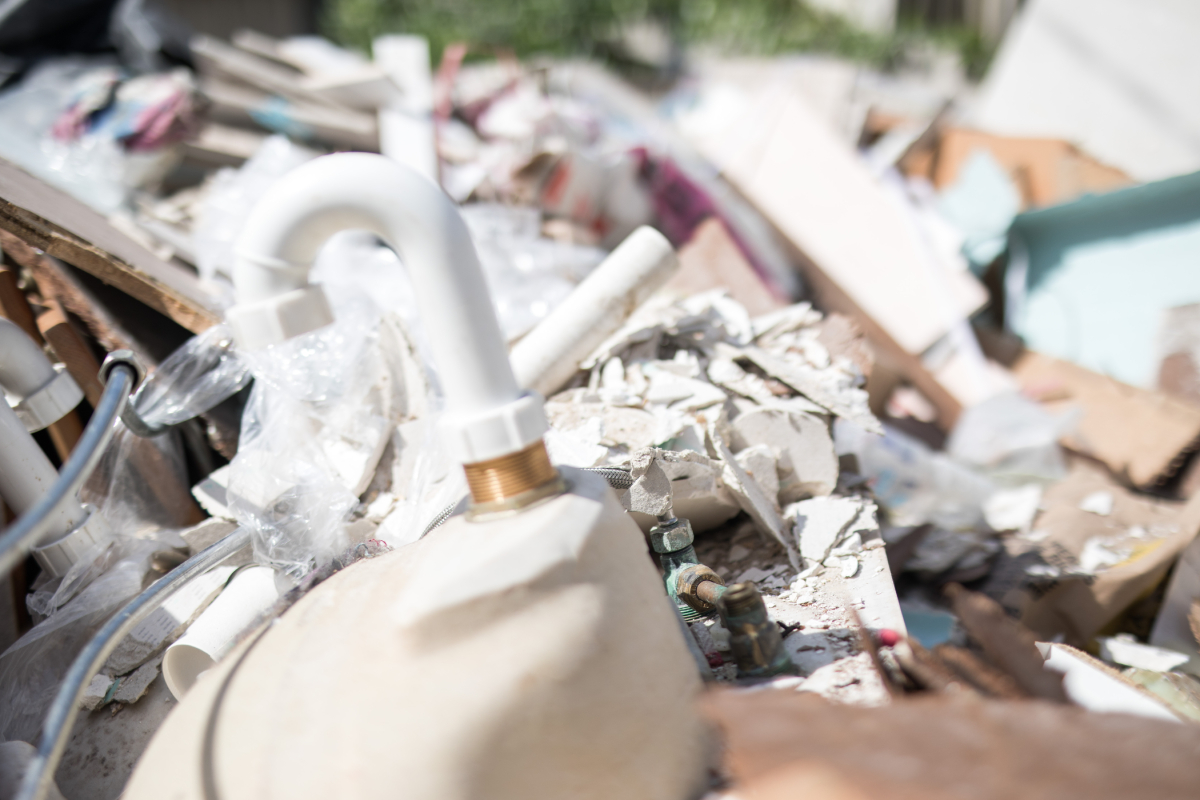
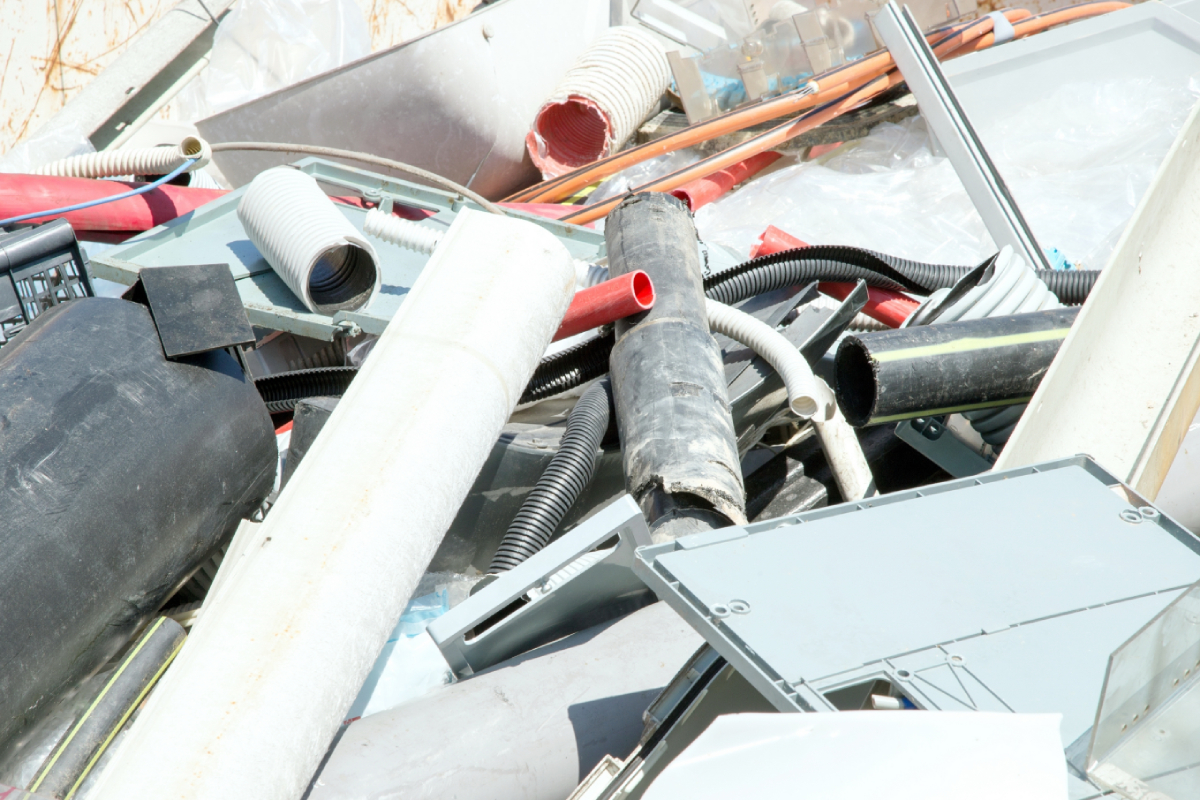
Made from crude oil and chemicals, plastic also contains carcinogenic, mutagenic and reprotoxic (CMR) substances, which can damage the environment as well as human health should they leach into water supplies and sewer systems.
Although some mitigations have been made by the plastics industry to reduce leaching, many contaminants remain unknown along with the effect of what the mixture of such chemicals could mean to life and the environment in the long term.
The poor sustainability credentials and questionable health and safety record of plastic pipes are just two reasons to push back against the plastics greenwash and favour copper in the debate between copper vs plastic pipes.
Learn more about the rise of plastics in construction
The myth of plastic recycling
Despite industry bodies’ suggestions that plastic pipes are fully recyclable and have a circular, end-of-life economy, one important fact remains: most plastics are still not being recycled.
This is despite the pledges that many plastics manufacturers make to develop a catalogue of 100% recyclable products where the raw materials can be used and re-used without the loss of quality or use of finite fossil fuels.
In reality, plastic waste within the construction sector is on the rise. Analysis of government data shows that while plastic waste in the UK fell as a whole between 2014 and 2018, plastic waste in the construction sector shot up by nearly 70%.
Globally, across all industries, roughly 9% of plastic waste is recycled, with the vast majority mismanaged, incinerated or ending up in landfill.
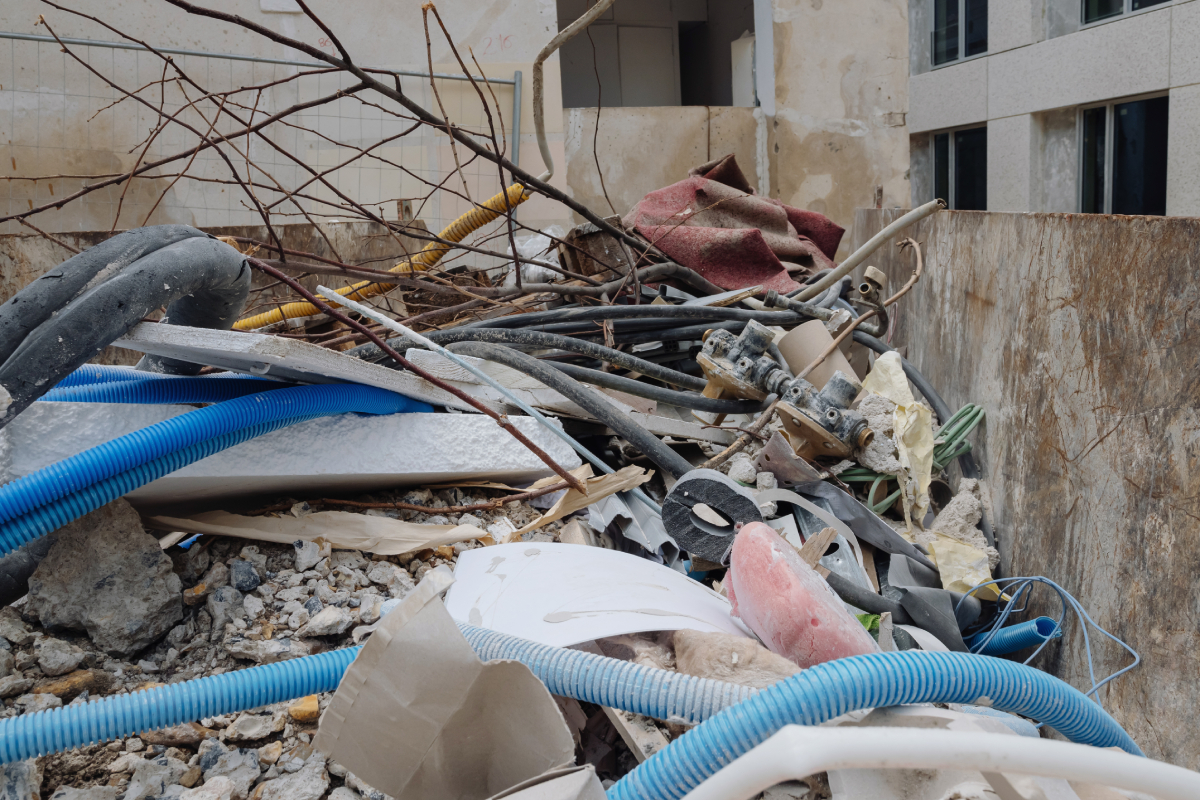
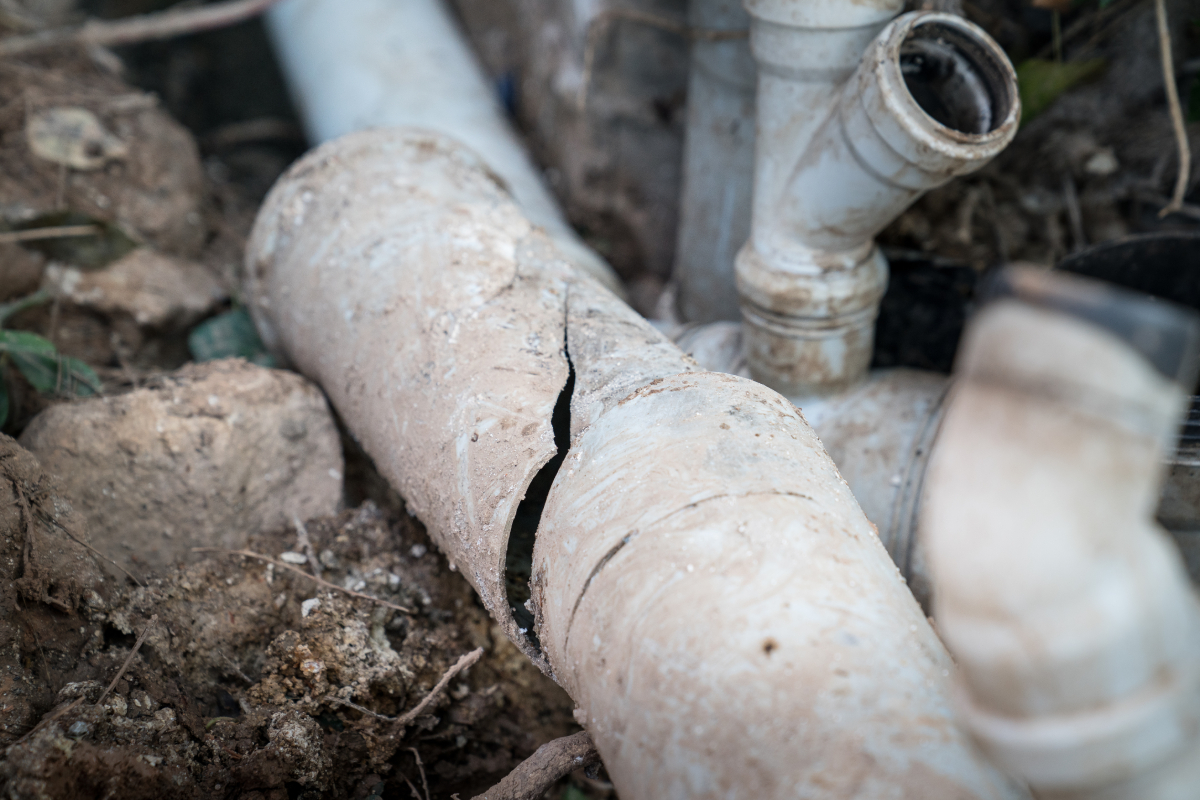
When plastic is recycled, several new problems arise. Compared to other materials, the recycling process for plastic generates a lot of carbon emissions, and there is strong evidence to suggest that recycled plastics are actually more toxic both for the planet and human health than virgin plastics.
The bottom line is that plastic recycling still isn’t happening at scale, and the attempts of manufacturers to divert attention away from this fact is just another example of industry-wide greenwashing, intended to delay the only action that will have a real impact: to phase out plastics entirely.
Research suggests that cutting plastic consumption by half while making the remainder from non-fossil fuels compounds will make it possible to cut global emissions from plastics from 1,984 Mt CO2e in 2015 to 790 Mt CO2e in 2050.
An important part of making this possible is to substitute materials used across key manufacturing sectors like packaging, construction, electronics and automotive, which collectively account for more than 60% of plastics emissions.
Thankfully there are many viable materials to use instead of virgin plastics, many of which are already in mainstream use.
Learn more about the hidden dangers of plastic recycling
Alternatives to plastic
To create a future that isn’t reliant on finite resources, we need to look at materials which can offer far more for the environment and the people it serves, without limiting the progress of innovation.
Unlike alternatives, copper can be re-used and recycled infinitely, without losing any of its properties. A sophisticated copper recycling infrastructure is already in place across much of the world, making the recovery and regeneration of the material a relatively simple process.
Copper also has natural anti-microbial properties which support the maintenance of healthy drinking water, with the material frequently used in hospitals in the form of medical gas pipes due to its ability to protect the health of patients.
As far as plumbing is concerned, copper pipes aren’t susceptible to leaching and provide incredible thermal resilience as the only material able to withstand thermal shocking at 70°C. Thermal shocking at this temperature effectively kills waterborne bacteria such as Legionella pneumophila.
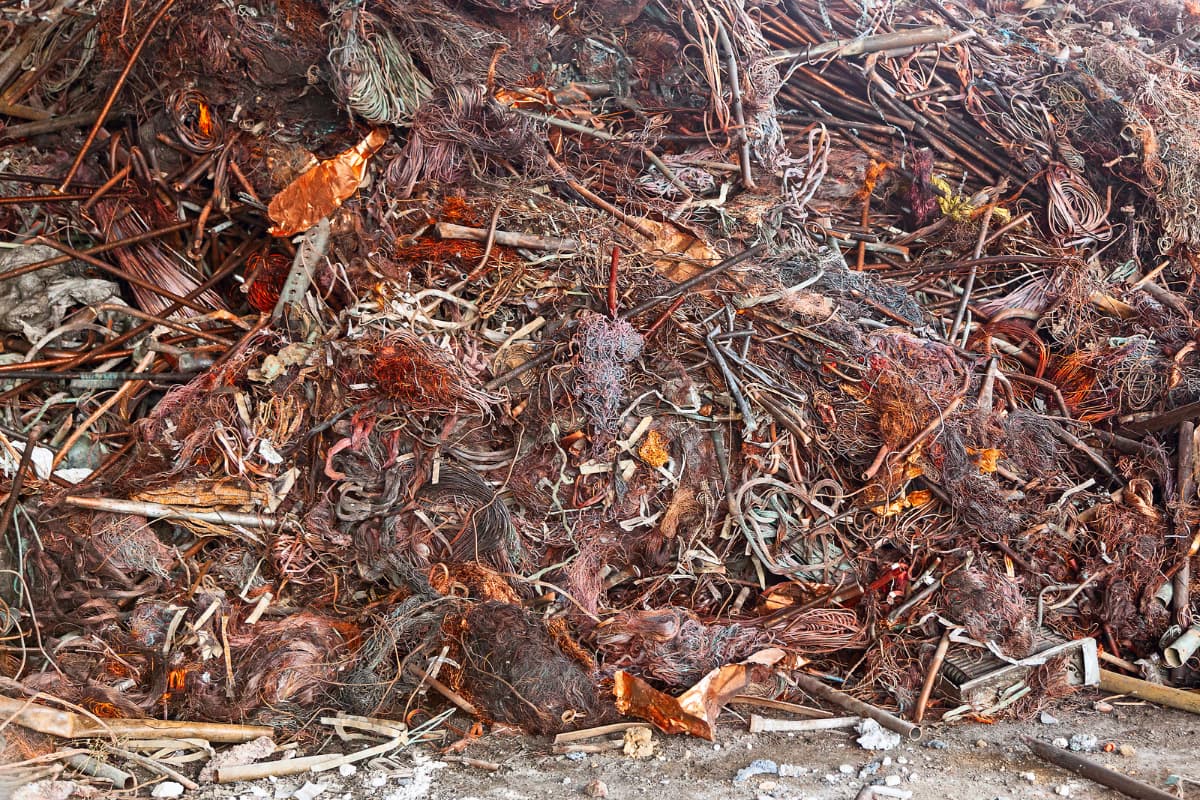
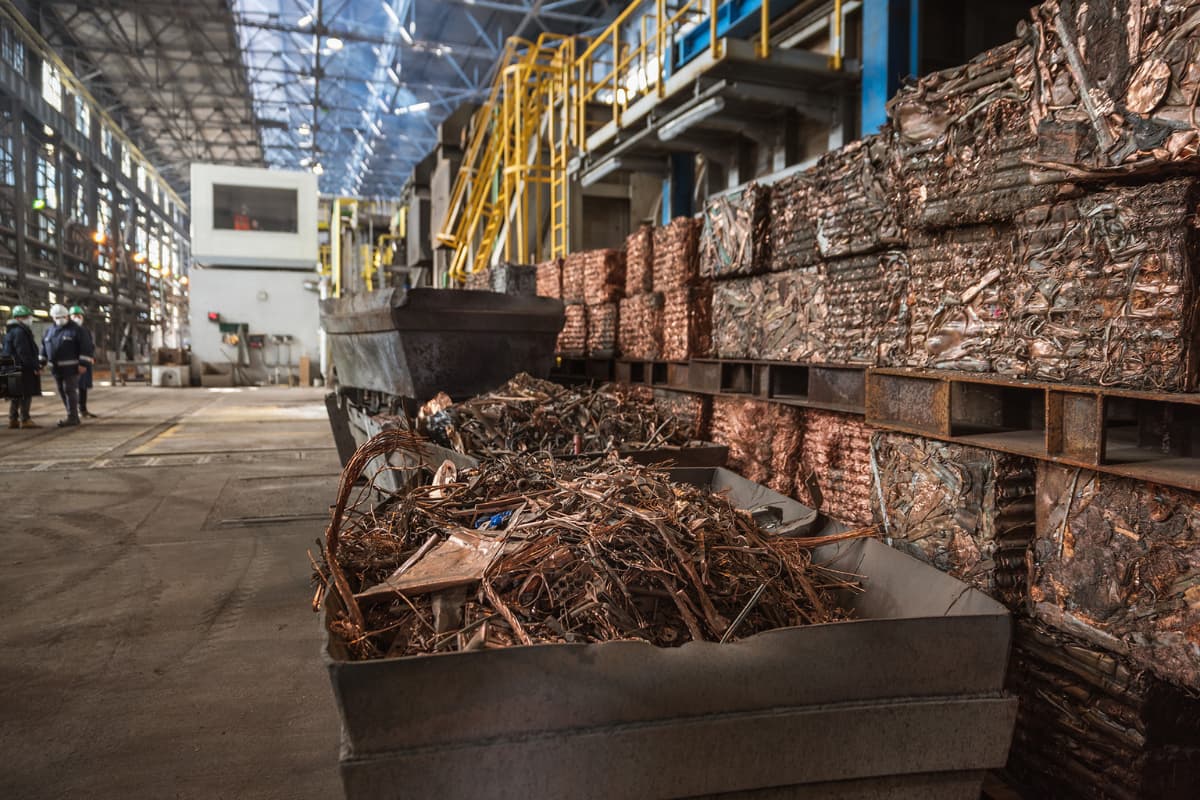
In terms of recycling, about two-thirds of the copper produced since 1900 is still in use today, with more than 30 per cent of demand met solely by recycled sources.
It’s a material that supports social and economic growth, innovation and the environment where the supply chain isn’t linear. Urban mining, where copper is extracted from used products, is now becoming an increasingly important part of the material’s lifecycle.
Born from nature, copper lasts longer, provides greater resilience and supports more sustainable living than plastics, serving as a safe and sustainable alternative to the material in the plumbing and construction industries.
Learn more about the health risks of plastics
Frequently asked questions
Why is plastic pollution a problem?
Plastic pollution is responsible for habitat damage as well as the pollution of water supplies and food chains. Discarded plastics remain in the environment for hundreds of years, spreading harmful toxins and reducing the ability of our ecosystems to adapt to climate change.
How can we stop plastic pollution?
There are several steps that individuals can take to reduce plastic pollution. Recycling plastics can help, but the fact remains that plastic can only be recycled two or three times before ending up in landfill. The most effective solution is to substitute plastics for sustainable materials like copper.
What are the alternatives to single-use plastic?
From mugs and cutlery to shopping bags and packaging, single-use plastics are endemic in everyday life. Some alternatives available to consumers include reusable water bottles, bamboo straws, soap bars and glass containers. Homeowners can also opt for copper plumbing pipes over plastic pipes.